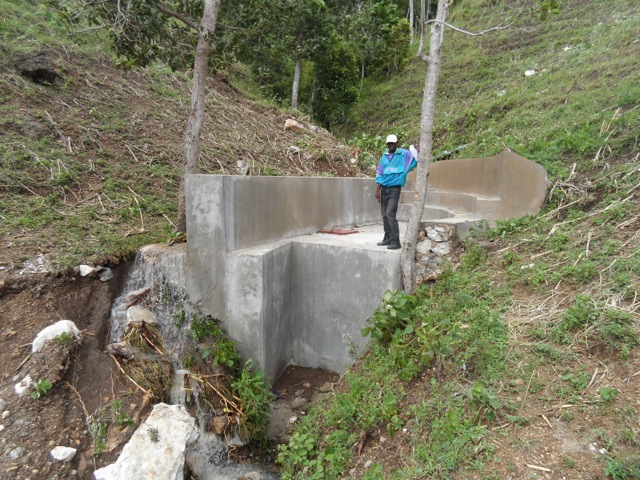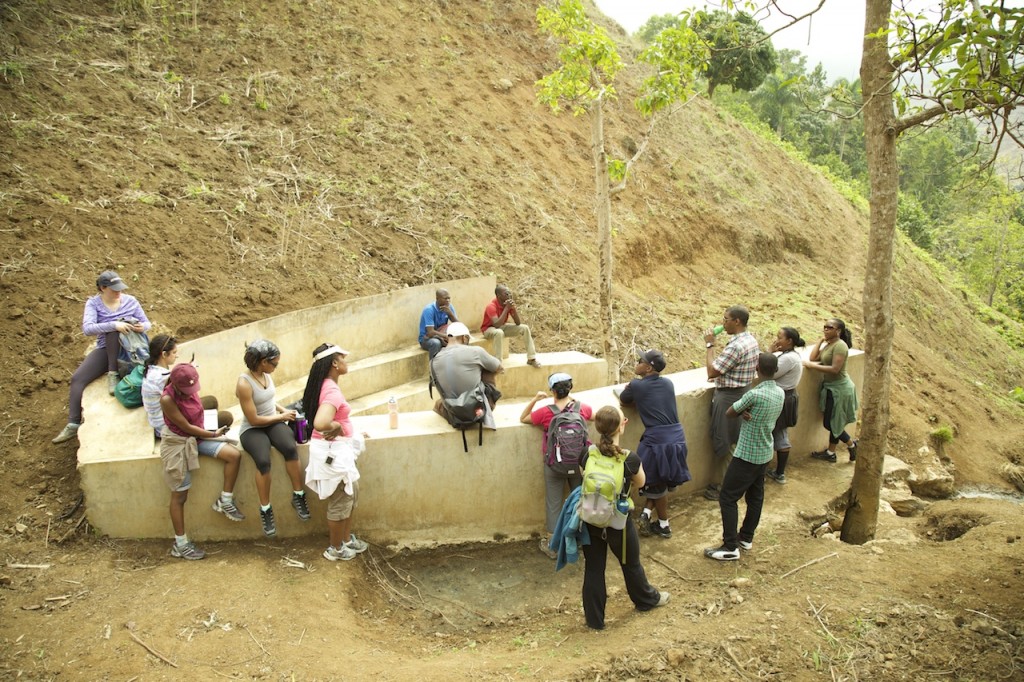 Most of us living in or raised in more developed countries do not necessarily think about where our tap water comes from. To the extent that we do is usually when it is no longer functioning as expected. Other than that, we just use it without thinking twice – or at least that’s what I did prior to working with a remote mountain village in Petit Goave.
Most of us living in or raised in more developed countries do not necessarily think about where our tap water comes from. To the extent that we do is usually when it is no longer functioning as expected. Other than that, we just use it without thinking twice – or at least that’s what I did prior to working with a remote mountain village in Petit Goave.
When it comes to water access in places like Haiti, however, many of us mean well when we conclude, “Let’s just give them water,” typically bottled water at that, without much thought to the long-term sustainable provision that something like a water system would allow for over time (I mean even in Haiti people need water to do things like bathe, cook and clean, no?)
One of our key priorities in overseeing the execution of Community2Community (C2C)’s Haïti Restoration and Transformation Pilot Project, is ensuring the effective completion of a water distribution system for the community we are working with. Four years ago, after the earth stopped trembling, one of the main water sources in this town was completely blocked off – due to the way the land ended up settling in the aftermath of the quake. C2C was able to work with a team of local and U.S. based engineers, to locate and secure a new water source by building a spring box, or captage, during the first phase of this water initiative.
The second phase entailed building a reservoir with the purpose of collecting the water before it is distributed out to four kiosks that will be placed throughout the community in the fourth and final stage of the water distribution system. This will considerably diminish the number of hours a day that people (young and old) spent carrying several five-gallon, 45-pound buckets of water to and fro. Where we are now at the third (and most labor-intensive) phase is to connect the first two phases by pumping the water 1.2 kilometers uphill from the captage to the reservoir.
As we look to move forward with phase three, it is crucial that we work with C2C to obtain a better understanding of current water usage in this community. Given our simultaneous effort to get this community on a map, it is still somewhat of a challenge to quantify exactly how many people are being serviced through this initiative and whether or not their needs will continue to be met once the system is complete. During our March 2014 trip, C2C worked in  partnership with a team of graduate students from
partnership with a team of graduate students from
George Washington University’s School of Public Health to conduct a community assessment of current water utilization. This detailed information will greatly inform the long-term development and governance of this water system, especially once it’s completed.
Along with household data that was also gathered towards a preliminary community census, we are now analyzing and processing the data we gathered on this trip in order to assist us in determining the next steps we will take towards assisting this community in achieving self-sufficiency.
Continue to stay tuned regarding the progress of this initiative!


About The Author: Vanessa L.
More posts by Vanessa L.